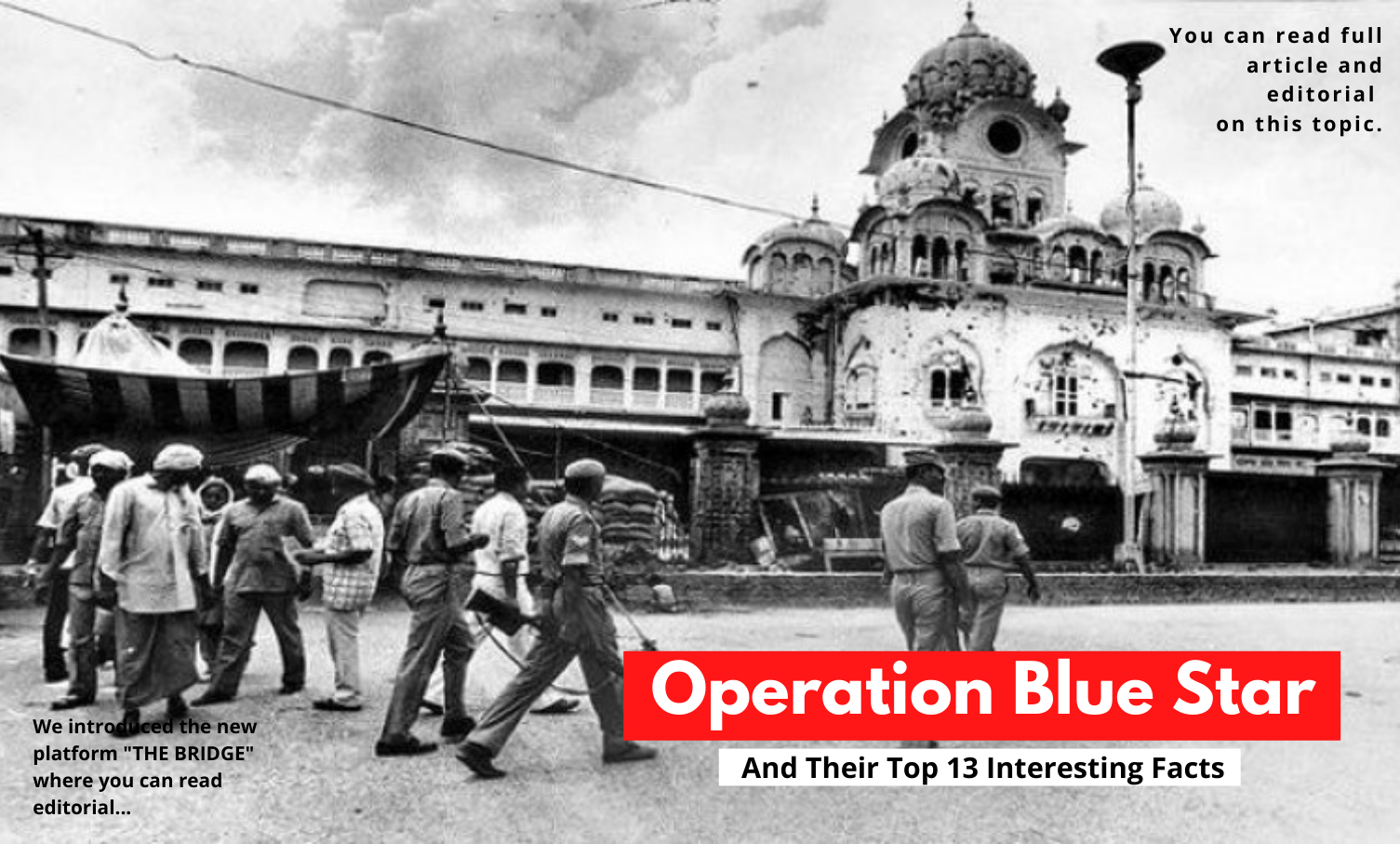- Umang Sagar
- Defence, Recent article
Operation Blue Star
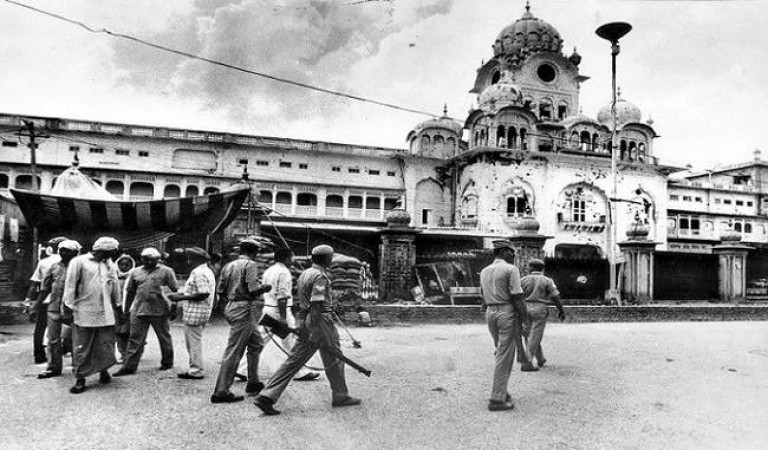
Introduction
- An operation that lived up to its name in every way. An Indian Army carried out Operation Blue Star, which proved to be the biggest mission ever in the history of the Indian Army. The goal of Operation Blue Star was to flush out the militants sheltering in the Golden Temple and restore judicial order in Punjab. Mrs. Indira Gandhi, who was then the Prime Minister, decided to launch the operation.
History Of Sikh
- The word Sikh comes from the Sanskrit word Shishya (शिष्य), which means ‘disciple’ or ‘learner’.

- Sikhism is a monotheistic religion that began in the late 15th century as a result of Guru Nanak’s revelation. Guru Nanak is regarded as the founder of Sikhism. Later on, it was refined by subsequent Gurus. Sikhs believe that a single spirit possessed all ten human Gurus.

- Guru Amar Das ordered the first steps in the formation of Ramdaspur, a township for Sikhs. This ultimately developed into the well-known Amritsar, where the Sikh Golden Temple continues to attract people of all religions and nationalities.

Sikhism was firmly established by the time of Guru Arjan Dev, the fifth Sikh guru.
Guru Arjan finished establishing Amritsar as the Sikh world’s capital and constructed the Golden Temple in 1605. Prior gurus built two sacred pools in Ramdaspur, but Guru Arjan felt the Sikhs needed a central place of worship as well, so he laid the foundation for the Harmandir Sahib, also known as The Golden Temple, and worked to compile an accurate collection of writings by the previous gurus, which is the first authorized book of Sikh scripture, the Adi Granth.
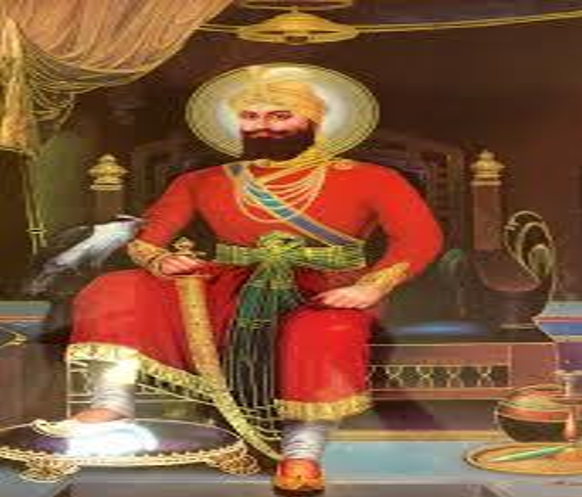
In 1699, the tenth Guru Gobind Singh resurrected the Sikhs as a military force known as the Khalsa, with the goal of ensuring that they could always defend their faith. Guru Gobind Singh developed the Sikh ceremony of initiation (known as khandey di pahul) as well as the 5 Ks that distinguish Sikhs.
The last human Guru was Gobind Singh. Following Guru Gobind Singh’s death in 1708, the soul of the eternal Guru was transferred to the sacred scripture of Sikhism, Guru Granth Sahib (The Granth as the Guru), also known as the Adi Granth (First Volume), which became the single Guru.

- Ranjit Singh conquered Lahore in 1799 and declared Punjab an independent kingdom in 1801, with himself as Maharaja. He was an effective ruler in a state where Sikhs were still in the minority. He participated in religious activities alongside Muslims and Hindus, despite being a devout Sikh.
About Jarnail Singh Bhindranwale

Jarnail Singh Bhindranwale is a man who played a key role in Operation Bluestar. Jarnail Singh was born into a Sikh peasant family in a village near Faridkot, Punjab, India.
Joginder Singh Brar, his father, was a farmer and a local Sikh politician, and Nihal Kaur was his mother. Jarnail Singh was the youngest of eight children, with seven brothers and one sister. He was enrolled in school when he was six years old in 1953, but he quit five years later to work on the farm with his father.
At the age of nineteen, he married Pritam Kaur, the daughter of Sucha Singh of Bilaspur. Ishar Singh and Inderjit Singh were the couple’s two sons.
His father enrolled him in the Damdami Taksal, also known as the Brindan Taksal, a renowned orthodox Sikh religious institution founded by Gurbachan Singh, in 1965. Jarnail Singh completed his one-year course in scriptural, theological, and historical studies with Gurbachan Singh Khalsa, partly during a tour but largely during his stay at the Gurudwara, following which he returned to his home to practice farming.
He kept his ties to Taksal and continued to study with Kartar Singh, who succeeded Gurbachan Singh as Taksal leader after his death in 1969. Kartar Singh set up his headquarters in Mehta Chawk, around 25 kilometers northeast of Amritsar. He rapidly became Kartar Singh’s favorite student. Kartar Singh Khalsa appointed Jarnail Singh as his successor before his death in 1977, and his son Amrik Singh became a close companion of Jarnail Singh.
On August 25, 1977, Jarnail Singh was formally elected as the Damdami Taksal’s 14th jathedar at a bhog ceremony at Mehta Chowk. He took the name “Bhindranwale,” which means “from Bhindran,” the location of the Damdami Taksal’s Bhindran Taksal branch, and the religious title of “Sant.”
He preached to the disgruntled young Sikhs, asking them to return to the Khalsa path by foregoing consumerism in family life and abstaining from drugs and alcohol. Many young Sikhs admired his commitment to battle for the Sikh cause. His sermons emphasized the importance of Christian ideals in daily life, exhorting congregation members to:
“…one who takes the vows of faith and helps others take it; who reads the scriptures and helps others do the same; who avoids liquor and drugs and helps others do likewise; who urges unity and cooperation; who preaches community, and is attached to your Lord’s throne and home.”
People began to seek his help in resolving social issues, and he began to hold court to settle disagreements.
Bhindranwale’s judgments were generally respected, and his “extraordinary aptitude” as a preacher, as well as his ability to reference religious scriptures and invoke the relevance of historical events in the current moment, contributed to his immense popularity.

- In 1978, he was involved in violent battles with Nirankari Sikh. He was a radical leader who was given the title of Saint-Soldiers by his supporters.
Movement Of Khalistan

Khalistan refers to the Khalsa homeland (i.e. land of the Khalsa). The Khalistan movement is a Sikh separatist movement that seeks to establish a homeland for Sikhs as a sovereign state in the Punjab region. Khalistan Movement is primarily a territorial ambition of Khalistan, which at times controls Punjab, including Chandigarh, Northern parts, and some western states too.
According to Jagjit Singh, during his talks with Chohan following the end of the Indo-Pakistani War in 1971, Pakistani Prime Minister Zulfikar Ali Bhutto proposed all-out assistance to create Khalistan.
Khalistan arose during the British Empire’s attempt to split Sikhs and Hindus in the late 1800s and early 1900s. With the financial and political assistance of the Sikh diaspora, the first explicit call for Khalistan was made in a pamphlet titled “Khalistan” in 1940. This movement took place in Punjab, which has a large Sikh population.

This movement lasted from the 1970s to the 1980s, reaching its pinnacle in the 1980s. However, by the 1990s, the Khalistan movement had failed to achieve its goals owing to a variety of factors, including police brutality and factional infighting, disillusionment from the Sikh population.
The Khalistan Movement achieved its height thanks to Jarnail Singh Bhindranwale, who later grew militant and led his followers to the Golden Temple, where they were flushed out by the Indian army during Operation Bluestar.
Police in Punjab, India, detained some terrorist cells in early 2018. Punjab Chief Minister Amarinder Singh alleged that Pakistan’s Inter-Services Intelligence (ISI) and “Khalistani sympathizers” in Canada, Italy, and the United Kingdom are behind recent radicalism.
Involvement Of Congress
- Congress was instrumental in launching the Khalistan Movement. Various facts have been used to prove Congress’s involvement. Former congressman and then president Zail Singh kept in touch with Jarnail Singh Bhindranwale on a regular basis. When the Akali Dal took power in Punjab; Zail Singh resolved to assist Bhindranwale in deposing the Akali Dal. Congress gave Bhindranwale full political and financial backing. Indira Gandhi lost the 1977 election to the Akali Dal after the emergency ended. Zail Singh was enraged not only because he had lost his position, but also because the Gurdial Singh Commission had found him guilty of abusing his authority. Rajiv Gandhi proposes appointing a ‘Sant’ to challenge the Akali government and to protect the interests of the Congress in Punjab. Jarnail Singh was eventually chosen as an acceptable candidate. As Sanjay’s friend, Kamal Nath, recalled: “The first one we interviewed did not look a ‘courageous type’. Bhindranwale, strong in tone and tenor, seemed to fit the bill. We would give him money off and on, but we never thought he would turn into a terrorist.”
Akal Takht Complex

- Akal Takht means “throne of the Timeless (God)”. The Akal Takht structure stands in front of the sanctuary. It is the chief Takht, a Sikhism authority center. It is also the headquarters of Shiromani Akali Dal, the biggest political party in the Indian state of Punjab. Following the martyrdom of his father, Guru Arjan, Guru Hargobind founded the institution as a place to conduct ceremonial, spiritual, and secular affairs, issuing binding writs on Sikh Gurdwaras far from his own location.
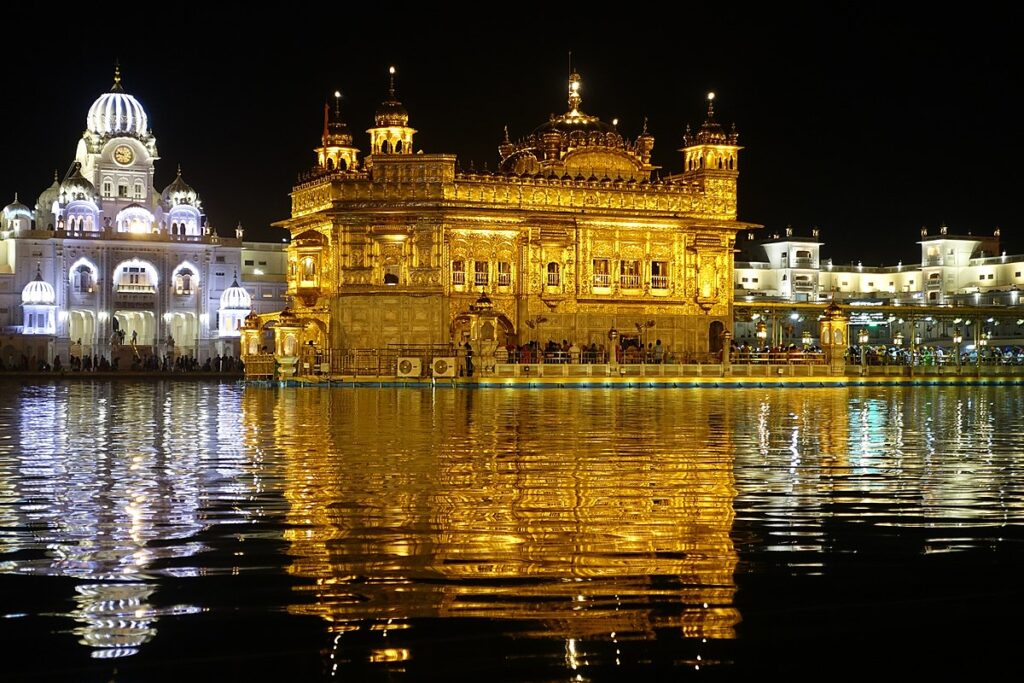
Harchand Singh Longowal, the then-President of the Shiromani Akali Dal, asked Bhindranwale to live at the Golden Temple complex in July 1982. He called Bhindranwale “our stave to beat the government”.
Longowal later asked Bhindranwale to leave Guru Nanak Niwas because he was concerned for his safety, and Bhindranwale requested that the high priest moves to the first floor of Akal Takht.
He said that he had to relocate to Akal Takht because Morcha director Longowal was negotiating with the government to have him arrested.
Later Bhindranwale and his followers had turned the Golden Temple complex into an armory and headquarters.
Role Of Indira Gandhi
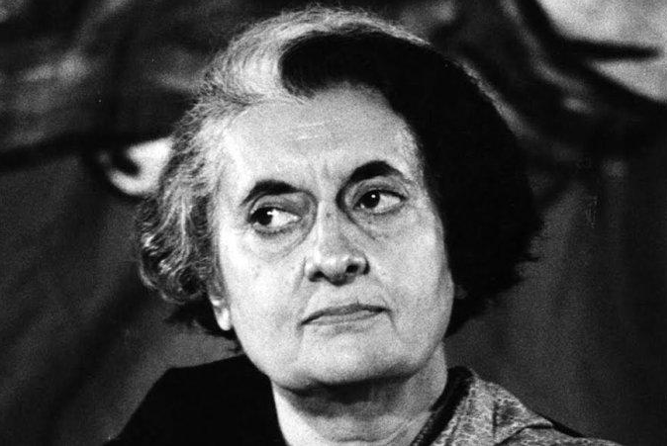
The most catastrophic incident in Indian history is Operation Blue Star.
It occurs during the tenure of Indira Gandhi, India’s prime minister at the time.
In January 1984, India’s secret service Research & Analysis Wing (RAW) devised a covert plan to kidnap Bhindranwale from the Golden Temple complex, codenamed Operation Sundown. In the Sarsawa Air Force Base in Uttar Pradesh, a RAW team was formed to practice Plan Sundown; however, the operation was never carried out due to Indira Gandhi’s denial.
When the terror of Bhindranwale reached a crescendo, Indira Gandhi intervened, pleading with militants to surrender and let Punjab reclaim its tranquility.
In her interview, she said “Don’t shed blood, shed hatred”
When Bhindranwale refused to sign a treaty, Indira Gandhi ordered an attack on the Golden Temple to clear out Sikh militants on Guru Arjun Dev’s birthday.
Apparently, she felt that if faced, Bhindranwale would surrender and that no civilians would be killed during Operation Bluestar.
Indian Army

Negotiation
- Narshimha Rao headed a team representing the government in an attempt to persuade Bhindranwale to withdraw, but he refused. The talks fell through, and Punjab’s situation continued to deteriorate. Indira Gandhi persuades Akali Dal to support her and agrees to meet some of Akali Dal’s demands. This was a futile negotiation. Before the assault, a government envoy met with Bhindranwale in a last-ditch effort to reach a truce, but Bhindranwale warned them about the Sikh community’s retaliation in the event of an armed assault on the Golden Temple. Bhindranwale had gotten out of hand. No one can persuade him to change his mind. In his final interview with Subhash Kirpekar, Bhindranwale stated that Sikhs can neither live in India nor with India. On the advice of Army Chief Arun Shridhar Vaidya, Indira Gandhi gave her permission to launch Operation Blue Star.
Operation

The Indian Army’s Chief of Staff was General Arun Shridhar Vaidya. Operation Blue Star was organized and supervised by General Vaidya, with Vice-Chief Lt. Gen. Sundarji.

On June 1, 1984, Indian security forces opened fire on numerous buildings in order to assess the terrorists’ training. The bombardment lasted for 7 hours, leaving 34 bullet marks on the Harmandir Sahib’s main shrine.
A 36-hour curfew was imposed on the state of Punjab on June 3, effectively shutting down all modes of communication and public transportation. The power supply was also shut off, resulting in a total blackout and cutting the state off from the rest of the world. The media was completely censored.
The army ordered pilgrims to leave the area around Harmandir Sahib. However, in 2017, Amritsar District and Sessions Judge Gurbir Singh ruled that there was no proof that the Indian army issued pilgrims warnings to leave the temple compound before launching their assault.
On 5 June 1984 Indian army stormed Harminder Sahib under the leadership of Kuldeep Singh Brar.
At first, the Indian army tried to take control of the temple by cross-firing but after the intense battle, they failed to take control over Akal Takht and faced the death of soldiers and pilgrims.


The Indian Army decides to launch an attack on Akal Takht by Tanks. The roof of Akal Takht was blown by Tanks which resulted in the bombardment of bricks and stone from the broken roof. The army states that Bhindranwale died because of bombardment with many of his followers.
After that Militants started to leave the building of Akal Takht on their own.
Under the command of Kuldeep Singh Brar, the Indian army attacked Harminder Sahib on June 5, 1984.
Initially, the Indian army attempted to gain control of the temple by cross-firing, but after a fierce conflict, they were unable to take control of Akal Takht, and troops and pilgrims were killed.
The Indian Army has decided to attack Akal Takht using tanks. Tanks blew the roof off the Akal Takht, resulting in a deluge of bricks and stone from the damaged roof. According to the army, After being crushed by bricks, Jarnail Singh Bhindranwale died.
Militants then began to exit the Akal Takht building on their own.
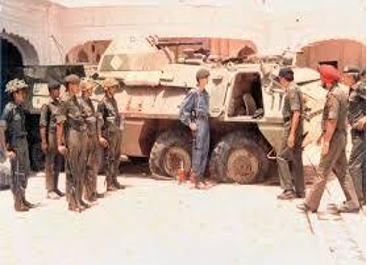

- This gruesome combat raged till the morning of June 7th. Bhindranwale, Shabeg Singh, and Amrik Singh were discovered dead when the army reached Akal Takht.
Counterattack Of Militants
Akal Takht had been turned into Jarnail Singh Brindanwale’s armory. Over the course of months, an arsenal was amassed.
Trucks involved in kar seva are reported to transport firearms and ammo. On orders from above, the police never attempted to stop these automobiles from entering the Golden Temple. Under the direction of Major General Shabeg Singh, who had joined Bhindranwale’s gang after retiring from the army, the Harmandir Sahib compound and several of the adjacent houses were fortified.
To guard against an armed assault on the facility, light machine guns, and semi-automatic rifles were strategically placed. Foreign elements were involved, as evidenced by the modern weapons discovered later inside the temple complex. Pakistani or Chinese marks were discovered on the larger weaponry.
Bricks and sandbags were used to block the windows and arches of Akal Takht. On the turrets, sandbags were laid.
For the placement of firearms, holes were drilled. The complex was loaded with enough food to last a month.
The extremists are already bracing for a government onslaught. The complex’s fortification was built to postpone the attack so that militants hiding in residential areas could incite Sikhs in the villages to march en masse to the Golden Temple in favor of the terrorists. Shabeg Singh in Akal Takht was in wireless touch with these militants.
Casualties
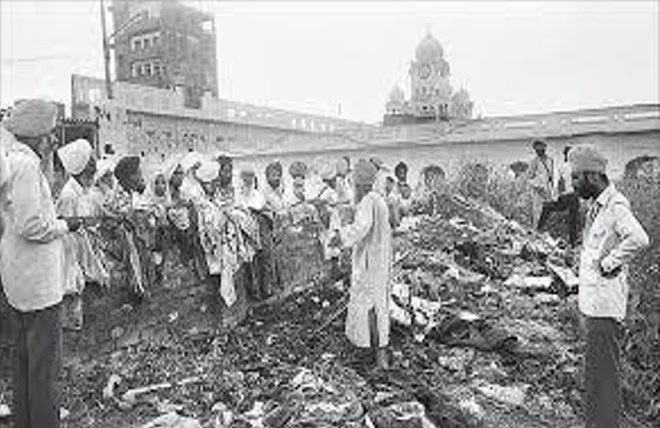
- The Indian army first reported 554 Sikh terrorists and civilians slain, with 83 government forces killed (4 officers, 79 soldiers) and 236 wounded. Rajiv Gandhi, according to Kuldip Nayar, admitted that almost 700 soldiers were slain. Gandhi revealed this figure in a speech to the National Student Union of India in Nagpur in September 1984.
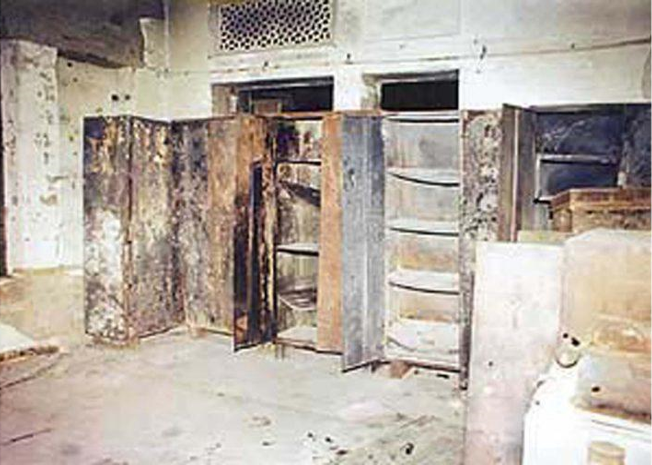
Though the army claimed that it was not their intention to destroy the Harmandir Sahib complex, bullet marks were discovered at the Golden Temple’s holy sanctuary. Due to a tank attack, the Akal Takht structure was completely destroyed.
As a result of the assault, the library and holy granthis were set on fire.
The most significant damage in Operation Bluestar, which caused widespread dissatisfaction and resentment among Sikhs, was the destruction of Guru Granth Sahib (Adi Granth) during the assault.

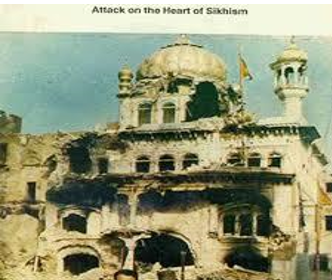
Consequences
Assassination Of Indira Gandhi

As a result of Operation Bluestar, Prime Minister Indira Gandhi was assassinated by two of her Sikh bodyguards on October 31, 1984.
Indira Gandhi was on her way to be interviewed by British actor Peter Ustinov, who was filming a documentary for Irish television, around 9:20 a.m. on October 31, 1984. Constable Narayan Singh, personal security officer Rameshwar Dayal, and personal secretary R. K. Dhawan accompanied her in a saffron saree with a black border. The two men started the fire as Indira Gandhi passed through the wicket gate manned by her two bodyguards, Satwant and Beant Singh.
After she fell to the ground, Beant fired three rounds from his.38 (9.7 mm) revolver into her belly, while Satwant fired 30 rounds from his Sterling submachine gun. Both men then laid their weapons on the ground.
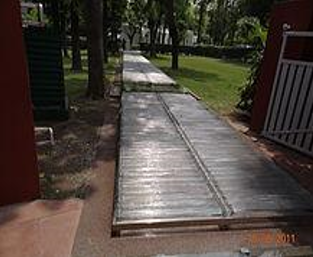

- At 9:30 a.m., Indira Gandhi was brought to the All India Institute of Medical Sciences in New Delhi, where she was operated on by doctors. At 2:20 p.m., she was pronounced dead. She was hit by 30 bullets out of a total of 33 that were fired at her. She was hit by 30 bullets, with 7 rounds remaining inside her body.
Anti Sikh Riots
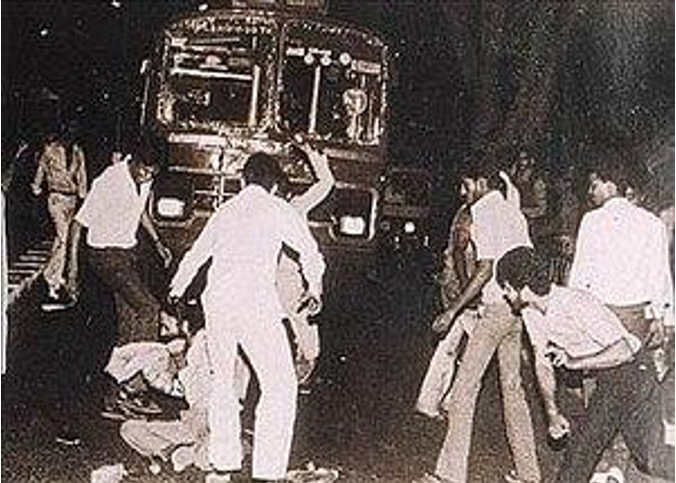
Anti-Sikh riots erupted the day after Indira Gandhi was assassinated by two of her Sikh bodyguards on October 31, 1984. They lasted for several days in some regions, killing around 3,000 Sikhs in New Delhi and an estimated 8,000–17,000 Sikhs in total across 40 Indian cities. At least 50,000 Sikhs were forced to flee their homes.
On the 31st of October, a mob gathered at the All India Institute of Medical Sciences, yelling retribution chants such as “Blood for blood!”
Iron rods, clubs, knives, and incendiary items were carried by the preparer (including kerosene and petrol). They approached a Sikh neighborhood and began killing Sikhs on a racial basis. Houses and businesses were destroyed. They burned Sikhs alive by stopping buses and trains and removing them. Sikh women were raped and killed by them.
Legal Perspective
Another component of this operation is determining if it can be sustained on legal grounds, and if not, whether people who were concerned about their place of worship had the right to protect it against an attack.
The impact of this operation can still be felt in the twenty-first century.
1. Article 15
Article 15(a) states that,
The State shall not discriminate against any citizen on grounds only of religion, race, caste, sex, place of birth, or any of them.
Discrimination occurred in this operation, which was ordered by the Prime Minister herself, in the form of the army killing every Sikh inside the Golden Temple complex, whether militants or citizens, without realizing that they could be victims themselves, all to eliminate one person who was the result of a congress miscalculation.
Article 15 (b) states that,
No citizen shall, on grounds only of religion, race, caste, sex, place of birth, or any of them, be subject to any disability, liability, restriction, or condition with regard to
(1) Access to shops, public restaurants, hotels, and palaces of public entertainment; or
(2) The use of wells, tanks, bathing ghats, roads, and places of public resort maintained wholly or partly out of State funds or dedicated to the use of the general public.
In regards to article 15 (b), the government has disregarded this provision by permitting military exercises to be carried out across Punjab in order to sweep militants from every family and subject the Sikh population to limitations based on their faith and beliefs.
2. Article 19
=> Protection of certain rights regarding freedom of speech:
All citizens shall have the right,
a) To freedom of speech and expression;
b) To assemble peaceably and without arms;
c) To form associations or unions;
d) To move freely throughout the territory of India;
e) To reside and settle in any part of the territory of India; and
f) Omitted by the 44th Amendment Act
g) To practice any profession, or to carry on any occupation, trade, or business
Due to the dread of Jarnail Singh Bhindranwale, the violation of this article stood out when the situation in Punjab was so terrible that Hindus living in Punjab were terrified to accept their mother tongue Hindi which according to Article 15, has the right to do so.
The suffering of the minority Hindus in Punjab, which was largely populated by Sikhs, was ignored by the authorities. Jarnail Singh Bhindranwale assassinated newspaper editors who encouraged Hindus to be fearless and choose Hindi as their mother tongue in the 1981 India census, which documented residents’ mother tongues. Lala Jagat Narain, the Hindu owner of the Hind Samachar newspaper company, was slain by Sikh extremists on September 9, 1981. Narain Jagat was a notable adversary of Bhindranwale and a member of the Congress party.
According to the Indian government’s White Paper, Narain was assassinated for criticizing Bhindranwale. Bhindranwale was detained on September 15, 1981, for his alleged role in the murder, but was freed in October by the Punjab government due to a lack of proof.
3. The Armed Forces (Punjab And Chandigarh) Special Powers Act 1983
Armed Forces Special Powers Act (AFSPA), 1958 is an act of the Parliament of India that grants special powers to the Indian Armed Forces to maintain public order in “disturbed areas”. According to the Disturbed Areas (Special Courts) Act, 1976 once declared ‘disturbed’, the area has to maintain the status quo for a minimum of 6 months.
The Armed Forces (Punjab and Chandigarh) Special Powers Act 1983, came into force on the 15th of October, 1983.
However, when the situation spiraled out of control, the army was called in. Indira Gandhi’s government dispatched the Armed Forces Special Powers to remove Jarnail Singh Bhindranwale from the temple compound.
The government defended its actions by citing the AFSPA, but if the provision is scrutinized, it may reveal the government’s bogus claims.
Impact Of Khalistan Movement In Present Time
Despite the fact that Operation Bluestar was successful in stopping Bhindranwale, it was unsuccessful in suppressing the Khalistan Movement.
There have been numerous terrorist attacks.
C.M. Beant Singh was slain in 1995.
Despite the fact that India suppressed these terrorists, a few militant groups (International Sikh Youth Federation, BKI) are still active in nations such as Canada and the United Kingdom.
These militants are raising money for the diaspora.
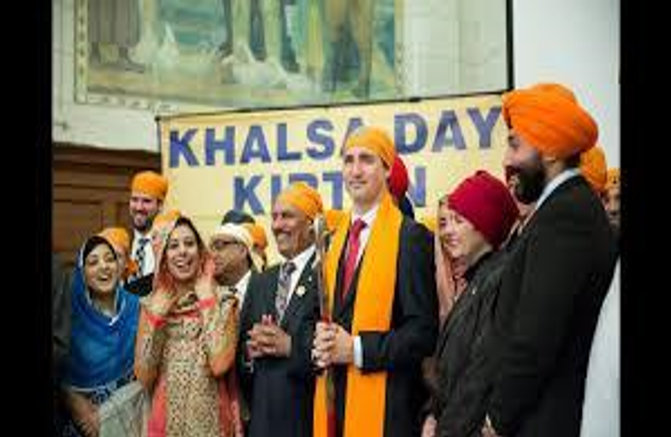
In May 2017, a ceremony commemorating the Khalistan Movement was conducted in Canada, where Bhindranwale and Major General Shahbeg Singh was honored.
Saints of Khalistan were sighted, as well as Justin Trudeau, Canada’s current prime leader.

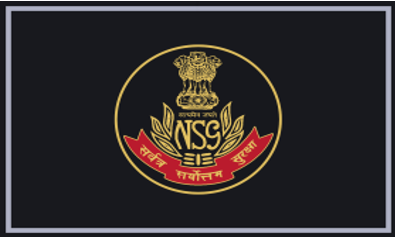
- The National Security Guard (NSG) is the Ministry of Home Affairs’ special counter-terrorism organization (MHA). Following Operation Blue Star, the Golden Temple attack, and the assassination of Indian Prime Minister Indira Gandhi, it was established on October 16, 1984, under the National Security Guard Act of 1986, “to combat terrorist operations and defend states against internal disturbances.”


- Many Sikhs visit Golden Temple on the anniversary of Operation Bluestar to support the Khalistan Movement by singing slogans, wearing printed Bhindranwale t-shirts, and waving the Khalistan flag.
Criticism
The operation has been panned for a variety of reasons.
- It was carried out on the Sikh religious day, the martyrdom day of Guru Arjan Dev, the creator of the Harmandir Sahib, the time was incorrect.
- Media Censorship was heavily criticized.
- A group of 350 persons, including Longowal and Tohra, surrendered to the army near the Guru Nanak Niwas on June 6, according to a government-issued White Paper. However, no one denied that this incident occurred, which further violated the human rights of Sikh militants.
- The operation was not just defective in idea but also hampered by poor planning and execution, as the following events revealed decisively.
- Many intellectuals and activists, including Harjinder Singh Dilgeer, were outraged when Indian President Zail Singh, a Sikh, rewarded the soldiers and generals participating in the operation with awards, honors, and promotions.
Top 13 Interesting Facts About Operation Blue Star
The origins of Operation Blue Star may be traced back to when Sikhs began to desire a separate state and total autonomy, resulting in the Khalistan Movement.
Bhindranwale was a staunch supporter of Khalistan and a powerful figure in the Sikh community.
Operation Blue Star was a product of the congress party’s miscalculations both before and after the operation.
The Akali Dal’s goal has always been to have complete autonomy over Punjab; it has never wanted a separate county.
The operation took place as the Golden Temple was filled with people commemorating Guru Arjan Dev’s yearly martyrdom anniversary.
The pilgrims who entered the site were believed to be unaware of Punjab’s curfew
The Indian Army used tanks to destroy Akal Takht.
The entire operation lasted for 10 days, from 1 June to 10 June 1984.
The Congress party was strongly chastised over the attack on the Sikhs’ holiest site. Punjab remained under curfew and the media was forbidden after reclaiming possession of the Golden Temple.
Gandhi’s favorite guard was Beant Singh, whom she had known for ten years. Due to the Operation, he was relieved of duty, but Indira Gandhi reassigned him to her squad, and he assassinated her four months later on October 31, 1984, with the help of her bodyguard Satwant Singh.
Indira Gandhi’s assassination sparked Anti-Sikh riots. Approximately 3,000 Sikhs were killed across the country.
General AS Vaidya, the operation’s 13th Army chief, was shot dead in Pune following his retirement by two pro-Khalistan Sikhs, who were afterward hanged until death in 1992.
Due to operation Blue Star, Captain Kuldeep Singh Brar and his family are under continual government protection. Kuldeep Singh Brar’s location is a closely guarded secret.



